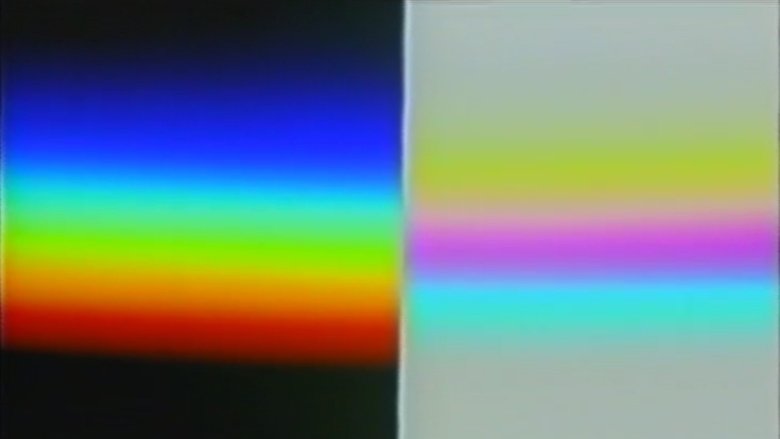Ko ta maatau whare pikitia me to wharepukapuka whakaataata ka taea noa te rere, te tango mai ranei ma nga mema anake
Me matakitaki tonu mo te FREE ➞He iti ake te waa 1 meneti ki te Haina Mai ka pai ai ki a koe te koa ki nga Kiriata Mutunga & Taitara TV.

Lyset, mørket og farverne (1998)
Using Goethe's Theory of Colors (Zur Farbenlehre) as point of departure, Light Darkness and Colors takes us on a fascinating journey through the universe of colors. In 1704, Sir Isaac Newton published Light and Refraction, his study of the interactions between sunlight and prisms. Newton was, as a good scientist, intent on achieving objectivity, which meant studying sunlight in isolation. He thought colors were contained solely in light, and found the spectrum he was looking for. When he reproduced this experiment, Goethe found another, hidden set of colors missed by Newton. Goethe found the hidden colors in the boundaries between light and darkness. He felt, as an artist, that one could not talk about light without including darkness. Calling it 'the light-darkness polarity', Goethe made this new scientific discovery using artistic methods in conjunction with science.
Momo: Documentary
Maka: David Bateson
Kaimahi: Henrik Gugge Garnov (Sound Designer), Marie Louise Lauridsen (Writer), Marie Louise Lauridsen (Director), Lise Lense-Møller (Producer), Henrik Boetius (Writer), Henrik Moetius (Director)
Subtitle:
![]()
![]()
![]()
![]()
![]()
![]()
![]() ETC.
ETC.
Tuku: Jan 01, 1998
Rongonui: 0.313
Reo: English
Studio: Magic Hour Films, TV-VENTURES, E-Motion Pictures, Hysteria Film
Whenua: Denmark

